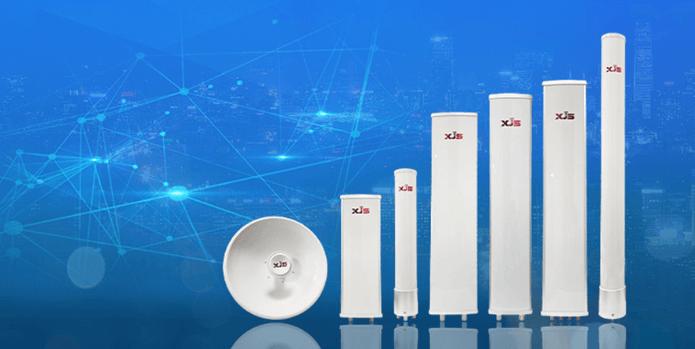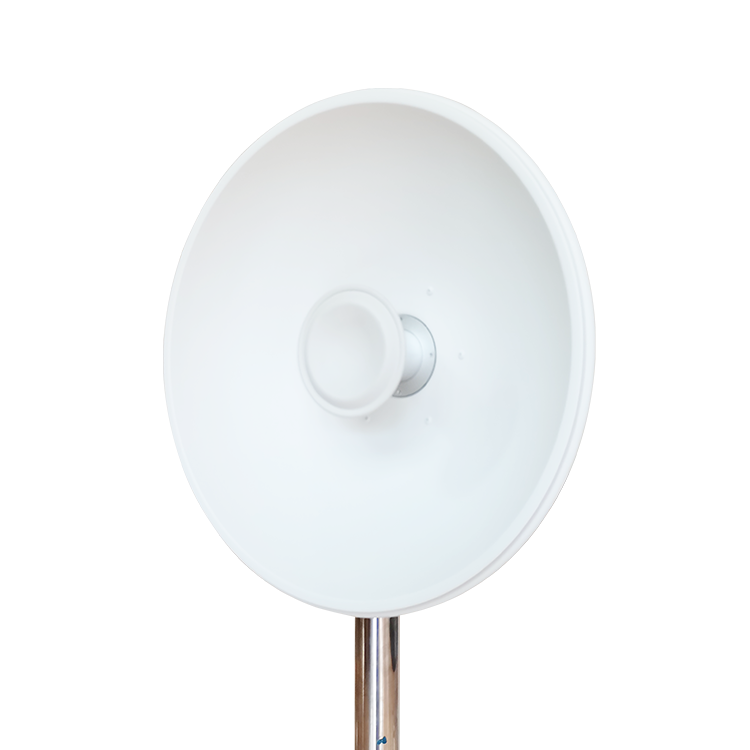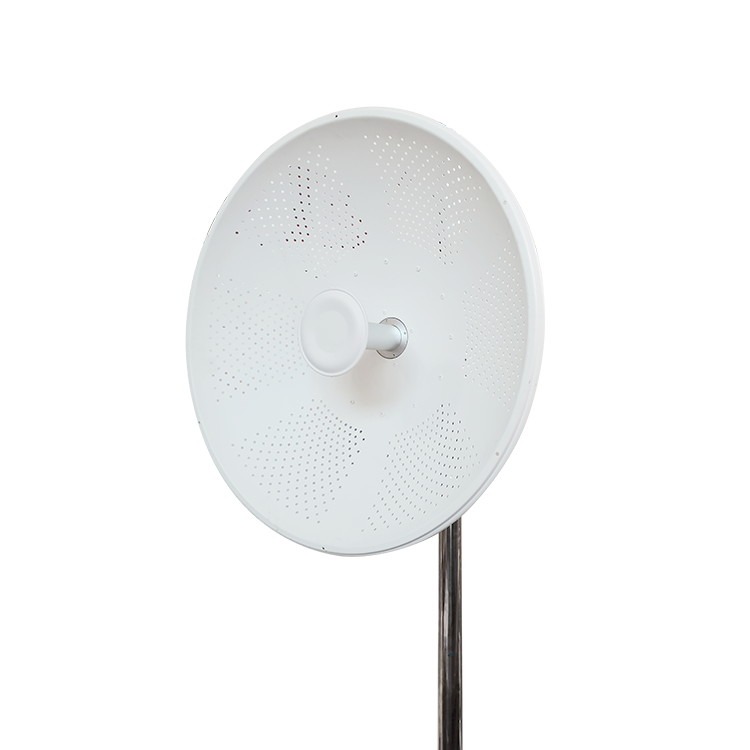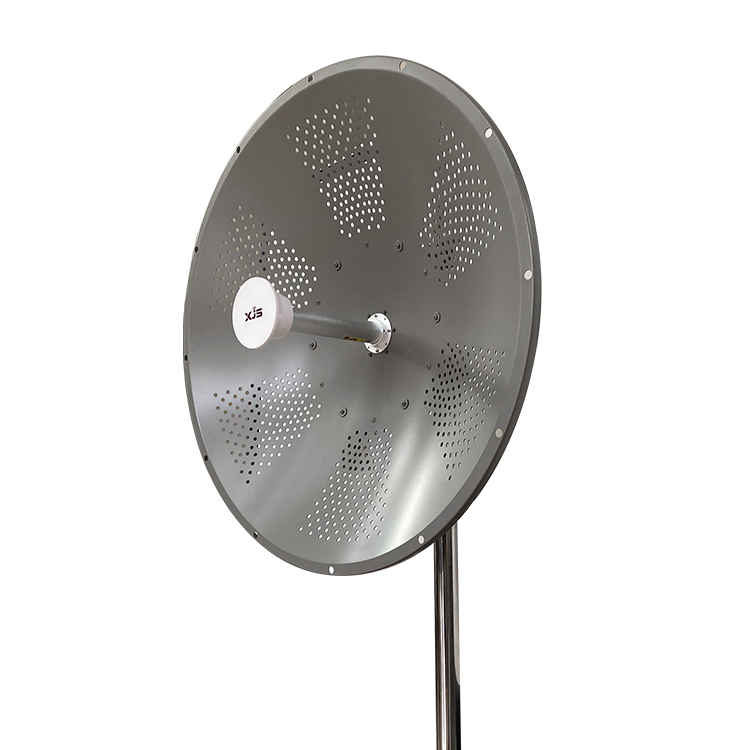Antennas are critical components of mobile networks, serving as the interface between wireless devices and the network infrastructure. The advent of 5G technology has brought about significant changes in the design and functionality of antennas, necessitating a comparison of the key differences between 4G and 5G antennas. In this article, we will explore the differences between 5G antennas and 4G antennas.
5G Antenna VS 4G Antenna: Definition
Although the 5G antennas and 4G Antenna are used for transmitting and receiving data, they are different devices with different designs.
Generally speaking, 5G serves as both a standard for mobile communication and an all-encompassing term that encompasses diverse networks, technologies, and applications.
Therefore, as a part of the 5G network, 5ghz panel antenna is a type of directional antenna, consisting of a dipole placed ahead of a flat-panel reflector. This 5ghz directional panel antenna is a flat, rectangular antenna that is typically mounted on a building or tower.
A 4G antenna, also known as a 4g lte panel antenna, is used for improving the 4G/LTE signal and transmitting and receiving data. The “lte” in the 4g lte panel antenna refers to the Long-Term Evolution, which is the standard of wireless broadband communication for mobile devices and data terminals.

5G Antenna VS 4G Antenna: Radio Frequencies
Since the different networking systems they serve, the radio frequencies they work on are also different. And, it is one of the primary differences between them. And, 5G utilizes specific radio frequencies to achieve tasks that 4G networks are unable to perform.
The 5ghz wifi panel antenna works at greater radio frequencies. As a matter of fact, when the user tends to ascend into greater frequencies, the radio spectrum usually can be divided into different bands. Then, these bands also have their features. Then, the 5ghz wifi panel antenna tends to use higher frequencies.
Running in the higher frequencies, the 5G antenna is capable of supporting an enormous capacity for rapid data, so as to meet the developing bandwidth needs. Due to its high directivity, the 5G network built by the 5ghz directional panel antenna would not cause the data crowded in the present cellular data. By contrast, the 4G network built by the outdoor 4g lte mimo panel antenna may waste power and energy due to it still beaming the radio waves in places even the users don’t access the internet.

5G Antenna VS 4G Antenna: Wavelengths
The 5ghz directional panel antenna tends to adopt a shorter wavelength, which allows using the smaller antennas and more accurate directional control. Then, compared with the 4G, the 5G 5G antenna allows you to use additional directional antennas, so it is able to support more than 1,000 gadgets or devices each meter. With such a shorter wavelength, the 5G antenna is able to ensure 5G network broadcast fast data at high accuracy and low latency.
5G Antenna VS 4G Antenna: Speed
The 5G antennas offer a faster-conveying speed than the 4G antenna does. When it comes to peak speed, 5G is about 20x faster compared to 4G. And, the minimum download speed for 5G is 20 Gbps, which is significantly higher than the maximum download speed of 1 Gbps for 4G.
To let you know the differences between 5G antennas and 4G antenna, the author would put an example. In the time you take to download a movie with the 4G network, you can download about 20 times as much data via a 5G network.
5G Antennas VS 4G Antenna: Features
As we all know, the 5G network is the leading trend in the communication industry. With the use of the 5G antennas, you could upgrade your network and the loading speed. If you adopt the 5G antenna in your house, you can connect more devices to your internet at once and without experiencing capacity limitations such as smart door locks, smart phones, computers, etc.

5G Antenna VS 4G Antenna: Safe Distance
Typically, as the distance between mobile towers, the quantity of radiation energy released by the tower decreases. And, in most cases, the signal strength gradually gets weakened as you move farther away from the tower. To let people be in acceptable radiation exposure and ensure the normal signal from working, the safe distance of the panel antenna tower is established.
Then, this safe distance of 5ghz wifi panel antenna is 10 meters. The 10 meters in all directions, including the areas above and below it. Then the safe distance of the 4g lte panel antenna is 5 meters.
Conclusion
All in all, while both 5G antennas and 4G antennas serve the same basic purpose of transmitting and receiving data, they differ in several key ways. 5G antennas operate at higher frequencies, have shorter wavelengths, and offer faster data transfer speeds, while 4G antennas are typically larger and operate at lower frequencies. Ultimately, the choice between 5G and 4G antennas will depend on a variety of factors, including the specific application and the available infrastructure.




